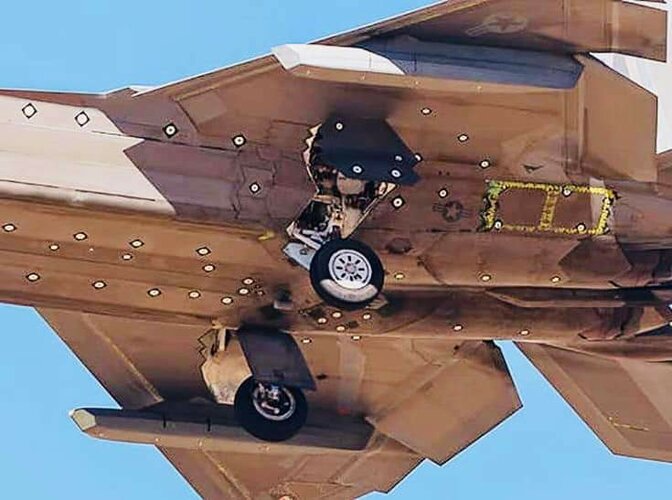siegecrossbow
I really should change my personal text
- Joined
- 12 March 2012
- Messages
- 707
- Reaction score
- 2,106
This is an incredibly cheeky and flamebait statement, but what do you think about the opinion that the F-22 is not a very good aircraft?
And I don't mean to base it on some sort of hidden internet rumors or 'analysis' articles of sketchy military news websites, but on the fact of how the US has employed (or didn't employ) the plane.
It's bragging rights are based on the statement that the mere presence of its fearsome capabilities have prevented its opponents from acting, which is an unfalsifiable statement.
Despite the fact that the US has been at constant war against a variety of opponents during the plane's entire existence, its only air to air kill have been a slow moving high altitude balloon. For every other theather, opponent, from low tech to high, from small to big, the US has elected to use a different platform. That signals to me, that there's nothing that the F-22 does the best or in the most cost effective manner.
The fact that the US has procured and used a billion planes of various types, including heavily upgraded F-15s, its direct predecessor, and Congress has decided to cancel the project quite early signal to me, that military experts didn't see enough potential in the plane to justify its pricetag.
Yeah, it's basically a cliche to describe Congress as a bunch of bumbling morons, but I'm pretty sure the people who are literally in charge of spending untold billions of dollars of money, and determine the future of the aerospace industry of the US have much deeper reasoning and expert opinion on their side, in contrast to internet commenters who'd like to see more of their cool plane.
What impressive air to air kills do other fifth gen fighters have exactly?
Also keep in mind that the F-22 is the pioneer in its generation. Of course there are things that could be improved because it is the first to eat the crab, so to speak. I guess if a legit complaint can be made it is the fact that the fuselage is so compact that there is not a lot of space for upgrades.




